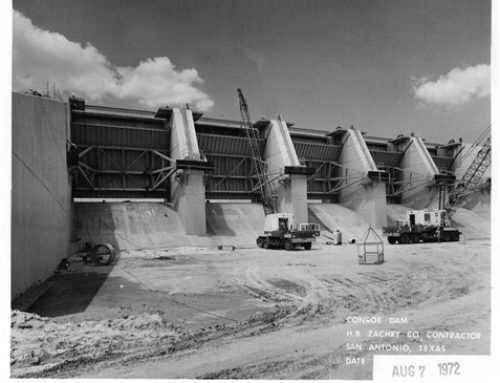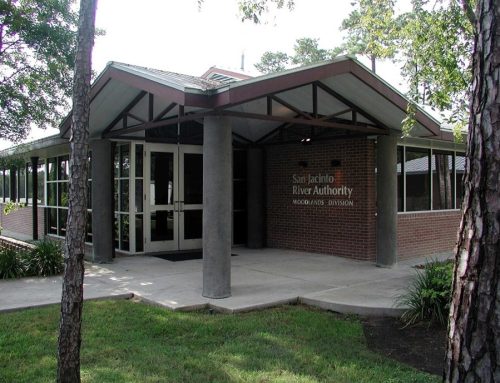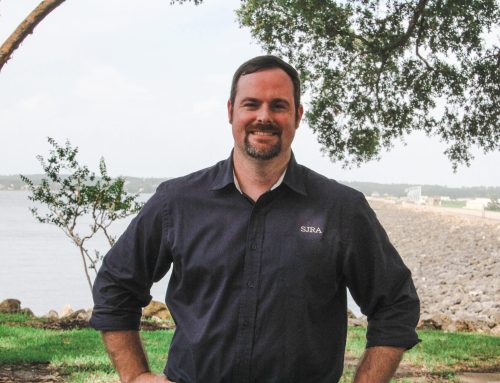The aquatic chemistry of lakes fluctuates throughout the year, much like nature’s vibrant seasonal shifts. As leaves grow, thrive, wilt, and fall like clockwork with the seasons, Lake Conroe undergoes its own cyclical changes. The ebb and flow of its chemical composition creates a dynamic and ever-changing environment, influenced by recurring patterns of the world.
During the Summer, Lake Conroe undergoes a process called stratification. Much like layers in a cake, distinct aquatic layers form with unique characteristics. You have probably noticed this phenomenon while swimming as the temperature drops at greater depths. This is a result of the summer sun warming the water’s surface. Sunlight can’t substantially penetrate more than a few meters past the surface, causing only the surface water (epilimnion) to experience any significant temperature increase. As this water warms its density decreases, causing it to stay afloat at the surface. This results in the warmer water continuously floating above a section of denser, cooler water below during the summer.
The divide between the upper layer and the lower layer (hypolimnion) is not just a division of differing temperatures. Both layers of a stratified lake have their own unique composition. The epilimnion has a more variable pH, higher nutrient amounts, and most importantly; it has significantly higher levels of dissolved oxygen. Its pH fluctuates as the lake surface interacts with varied organisms and contaminants and its higher amounts of oxygen are due to the wind and waves constantly mixing in air with surface water. Oxygen availability makes the epilimnion a hot spot for many types of aquatic organisms. It is home to many microorganisms such as algae and phytoplankton, as well as a variety of insects and plants. The presence of these organisms in turn attracts an array of fish species to feed off them. The hypolimnion has significantly lower levels of oxygen. However, this does not mean it is devoid of life. Some organisms like catfish have adapted to this environment and thrive there. However, while the lake is stratified, this lower layer is cut off from new supplies of oxygen. The layers are separated by a physical “density barrier” and are unable to mix and disperse oxygen to the bottom of the lake. This can result in dead zones if enough oxygen is depleted, which could be detrimental to the lake’s ecosystem. If the lake were to remain perpetually stratified, the hypolimnion’s oxygen reserves would eventually become consumed and cause the layer to become completely void of oxygen where essentially no life can survive.
Fortunately, nature has its own remedy. As the seasons change so does the lake. In the winter, Lake Conroe “turns over.” Through this process, the temperature of the surface layer cools, to a point (usually in November for Lake Conroe) at which the top layer and bottom layer are the same temperature. This uniform temperature means the lake also has consistent density throughout, and the layers rapidly mix. This process is crucial as it cycles dissolved oxygen into the depths of the lake. Once the lake turns over, there is often 10 to 25 times the amount of oxygen in the deepest parts of the lake than there was while it was stratified. The lake turnover is of the utmost importance as it refuels the aquatic environment and allows life to continue into the next season.
The cycle of lake turnover and stratification are vital to maintaining lake health. Our lake’s ecosystem is dependent on these processes to balance and regulate the water chemistry and to enable life to thrive in Lake Conroe.
Featured in Dock Line Magazine.






